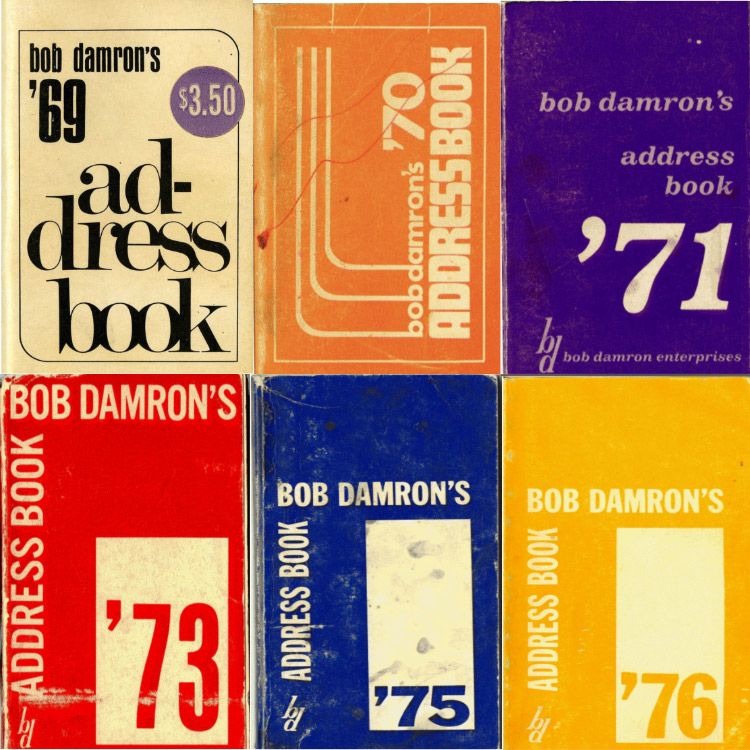The power to record American history hasn’t been wielded by marginalized groups. For LGBTQ Americans, that means lots of the past is lost. But two historians are working to preserve one piece: The Damron Guide, which they say might have been for LGBTQ Americans what the Green Book was for African-Americans.
In this episode of the podcast, Next City Executive Director Lucas Grindley talks with the historians about the underappreciated realities that were meticulously recorded within the pages of The Damon Guide, which included addresses for nightclubs, health clinics, churches, bookstores, restaurants and more.
Amanda Regan, an assistant professor of history at Clemson University, says the guides showcase that LGBTQ history was not limited to favored cities — it was everywhere.
“When we talk about LGBTQ history, there's a propension to sort of sideline it, right?” says Regan. “And I tend to think that you can't talk about U.S. history without talking about LGBTQ history.”
Eric Gonzaba, an assistant professor of American studies at Cal State Fullerton, says queer historians have always thought of their work as activism: “If we can prove that we've always been here, been always part of national and international life, then you can't ignore us, and we deserve civil rights, human rights.”
Listen to this episode below or subscribe to Next City’s podcast on Apple or Spotify.









